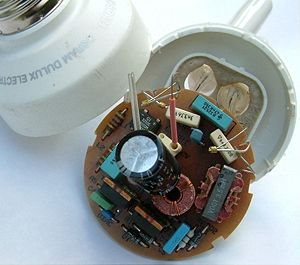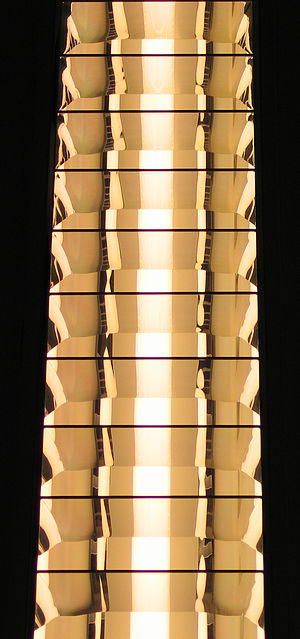Fixtures
Specifying an energy-efficient lighting technology, such as T8 or T5 fluorescent lamps and electronic ballasts, is a critical step to improving the energy efficiency of your facility and saving money.However, lighting is a system and depends on the quality of the fixture (the apparatus that contain the lamp), combined with the lamp, ballast and placement (the position of fixtures in a room, which affects the amount of usable light that is supplied).
Fixtures come in a wide variety of applications. Fixture selection may be guided by:
- Efficient technology
- Ceiling height
- Spacing
- Amount of glare
- Distribution of light
- Task plane height
- Desired light level
- Appearance
























